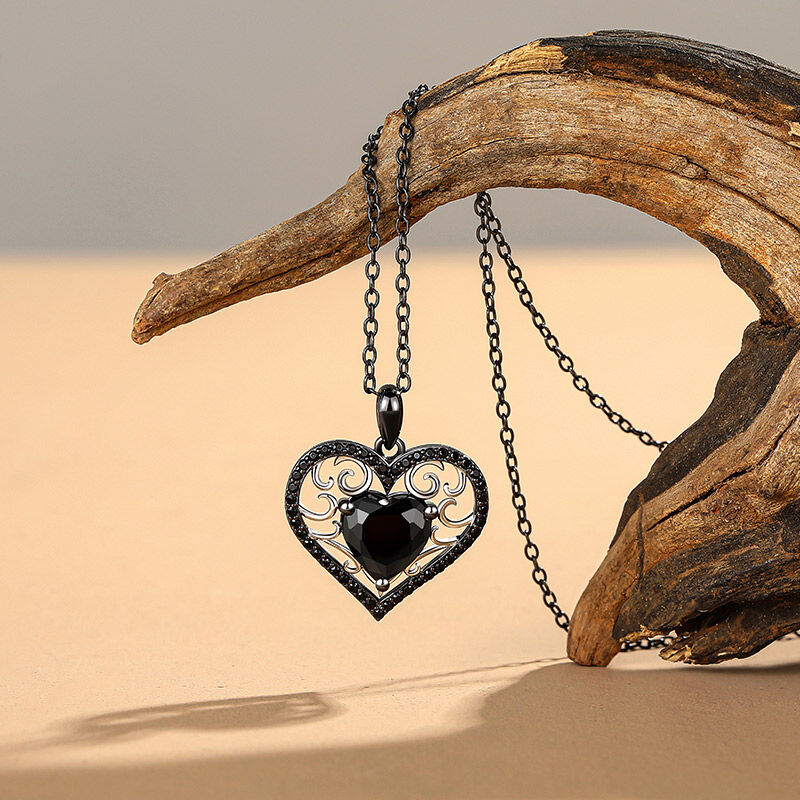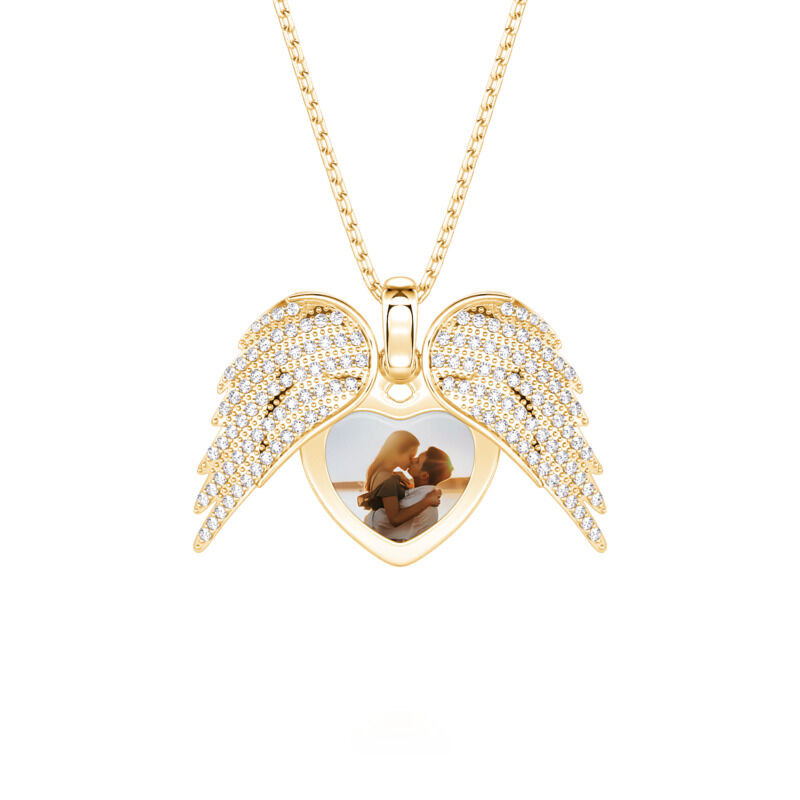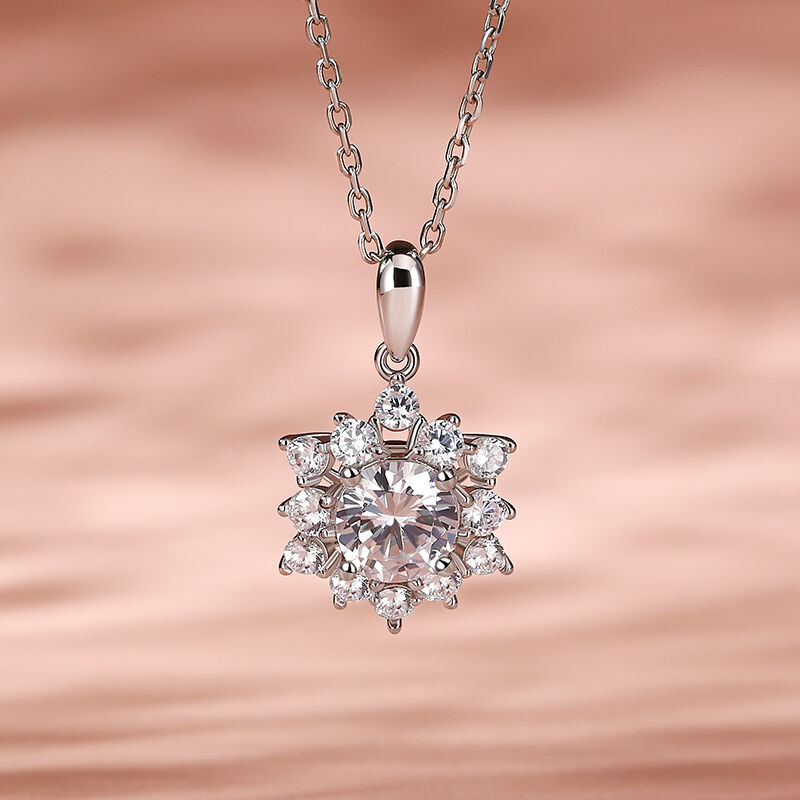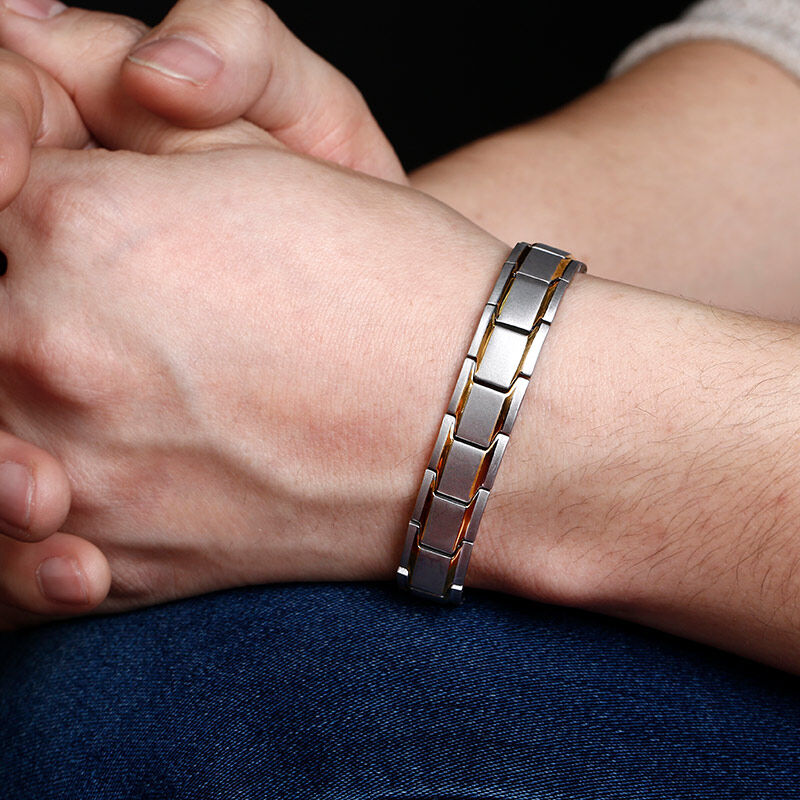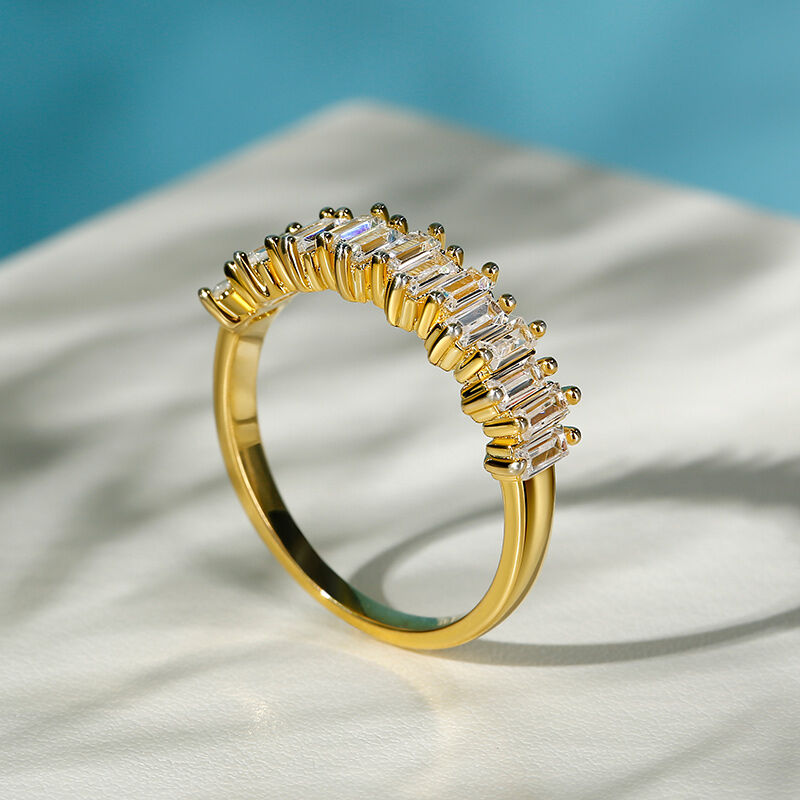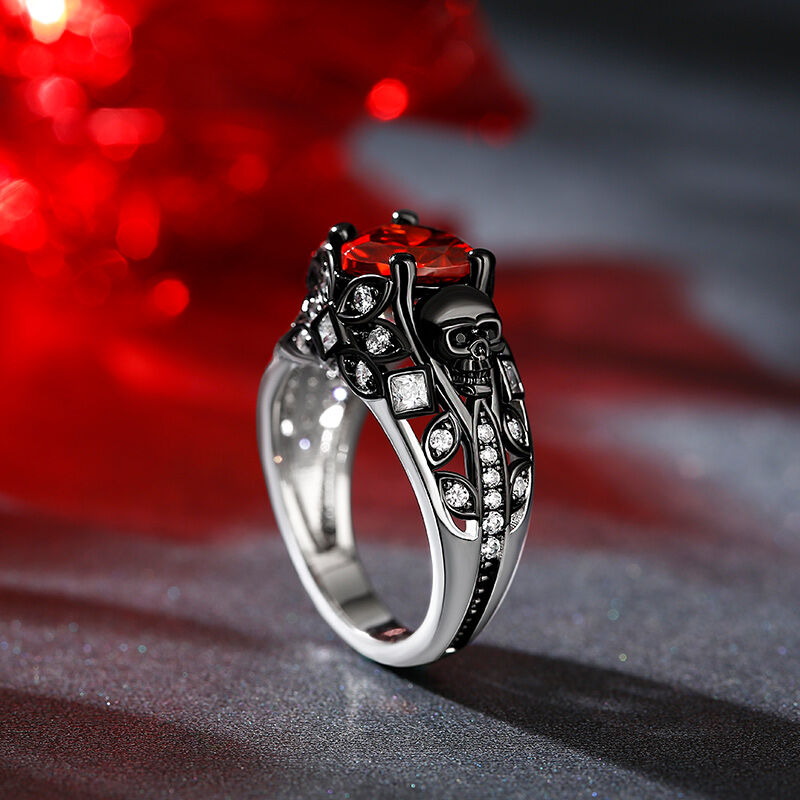Jewelry Gift Ideas
Jewelry. It’s more than just an adornment; it’s a whisper of love, a symbol of enduring connection, and a timeless reminder of a special moment. Whether you’re celebrating a birthday, an anniversary, a graduation, or simply want to express your affection, a piece of jewelry is a gift that truly keeps on giving.
Jeulia collects fine jewelry gift ideas for special days and holiday with fine jewelry to your friends and family, Making each special days count is our duty, jeulia blog lets your life reap more love! hurry up to choose some classic jewelry to your boy or girl friends online.
At the same time, you can care about the Jeulia Gift to get more discount and code for your order, save more money to get affordable gifts with cool design and unique style online.

